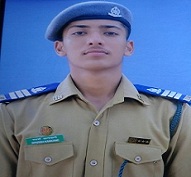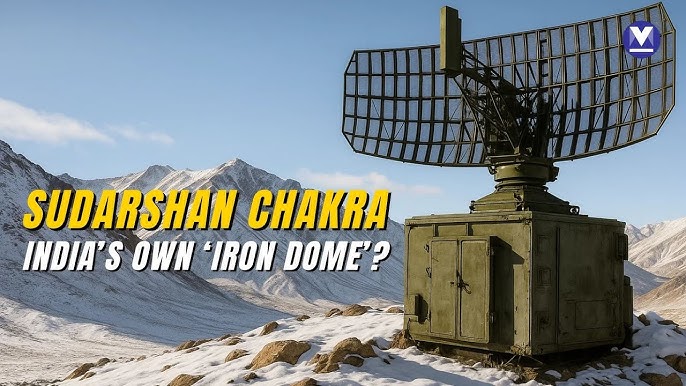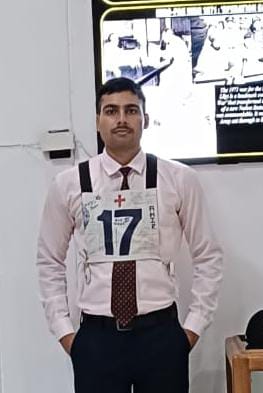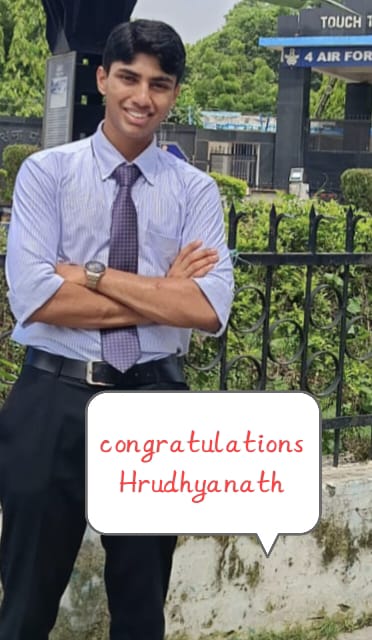On August 15, 2025, Prime Minister Narendra Modi announced Mission Sudarshan Chakra, a big ambition for India’s defence architecture. Designed to be more than just an air defence system, this mission seeks to provide a comprehensive, indigenous, multi-layered shield around the country — protecting strategic, civilian, and religious assets, while also enhancing India’s ability to strike back if required.
What is Mission Sudarshan Chakra?
Mission Sudarshan Chakra is intended to be a national defence initiative combining surveillance, detection, interception, and retaliation capabilities — with modern technologies, indigenously developed systems, and full integration across the military, research institutions, and the private sector.
It draws inspiration from Lord Krishna’s mythological weapon, the Sudarshan Chakra — a symbolic shield and disc that was both defensive and offensive. Thus the name conveys both protection (shield) and the capacity to “hit back.”
Key Components & Features
Here are some of the major features and elements of how Mission Sudarshan Chakra is planned to work:
- Multi-Layered Air & Missile Defence Shield: The mission aims to defend India from threats like long- and short-range missiles, drones, aircraft, loitering munitions, and more. The shield will include overlapping layers of defence so that threats detected early can be intercepted at different levels.
- Indigenous Development (Project Kusha): One important component is Project Kusha, under which interceptor missiles will be developed — “M1,” “M2,” “M3” variants with different ranges. These will be Indian-designed and manufactured.
- Radars, Satellites & Directed Energy Weapons: The system will integrate thousands of radars (including Over-the-Horizon radars), space assets/satellites, and directed energy weapons (DEWs) or lasers to both detect and neutralise threats.
- Command & Control, AI, Network Integration: A centralised - yet distributed - command, control, surveillance, and communications network is planned. Use of artificial intelligence, real-time data sharing, rapid decision support will be central.
- Phased Implementation with a Timeline to 2035: The goal is to have a full-scale, mature operational system by 2035, with medium-term steps already in motion (from ~2026 onwards). Incremental deployment, prototyping, testing, followed by wider roll-outs will mark the journey.
- Protecting All Key Assets: Not just military bases — Mission Sudarshan Chakra aims to protect critical infrastructure like nuclear power plants, hospitals, railways, places of faith. Every location of national importance is to be brought under its protective umbrella.
Why It Matters
Mission Sudarshan Chakra is more than another defence project; its significance goes beyond hardware:
- Strategic Autonomy & Atmanirbhar Bharat: India aims to reduce dependence on imports for critical defence systems. By indigenising development, manufacturing, and testing, strategic control remains in Indian hands.
- Evolving Threat Landscape: Emerging threats — drones, loitering munitions, missile attacks, cyber & hybrid warfare — require faster responses, detection, and interception. The mission builds India’s capability to respond to multi-domain threats.
- Civilian Protection: For the first time in many Indian defence initiatives, Mission Sudarshan Chakra explicitly includes civilian assets (hospitals, railway stations, religious places) in its scope. That broadening of protective umbrella is important from a human security perspective.
- Technological Edge: Use of AI, directed energy weapons, space surveillance, over-the-horizon radars — these are advanced capabilities that will push India’s defence R&D and industry forward.
Challenges & Considerations
While ambitious, the plan has several challenges that will need careful management:
- Coordination and Integration: Bringing together different services (Army, Navy, Air Force), PMR (Paramilitary), DRDO, private industry, defence PSUs, and civilian agencies (e.g. railways, hospitals) will need very strong coordination mechanisms. Delays or siloed efforts could hamper effectiveness.
- Technical & Testing Hurdles: Technologies such as directed energy weapons, over-the-horizon radars, long-range interceptors, etc., are complex. Ensuring reliability, accuracy, and resilience (e.g. under jamming, electronic warfare) is a big engineering challenge.
- Cost & Resources: Such a sweeping shield will require huge investments (budget, human capital, manufacturing infrastructure). Sustained political will and budgetary prioritization over a long period will be necessary.
- Threat Evolution: As threats evolve (hypersonics, stealth tech, cyberattacks, satellite threats), the system must evolve too. The mission must remain flexible so that it is not overtaken by future threats.
- Privacy, Oversight, Civilian Use: Surveillance, space assets, radar networks raise issues of civil liberties, data privacy, oversight. It's important there be transparent rules, oversight mechanisms, and checks to ensure misuse is minimized.
What’s Already Happening / Early Steps
Some progress is visible:
- Integrated Air Defence Weapon System (IADWS) has been successfully tested, combining QRSAM, VSHORADS, and a laser-based directed energy weapon off the Odisha coast.
- Planning committees have been formed (after the Combined Commanders’ Conference), to create actionable roadmaps with medium-term (5-year) and long-term (10-year) plans.
- Procurement tenders are already in motion for specific components such as mobile Close-in Weapon Systems (e.g. AK-630 guns) for border areas.
Conclusion
Mission Sudarshan Chakra is arguably one of the most ambitious defence projects India has declared in recent decades — not just because of its scale, but because of its dual nature: defence plus capacity for precise retaliation; and its inclusive scope that covers civilian, strategic, and religious assets, not only military installations.
If successfully implemented by 2035, this mission could significantly boost India’s security posture, enhance its deterrence capabilities, and promote self-reliance in defence technology. However, to realize its full potential, consistent funding, strong inter-agency coordination, rigorous testing, ethical oversight, and adaptation to evolving threats will all be keys to success.



















